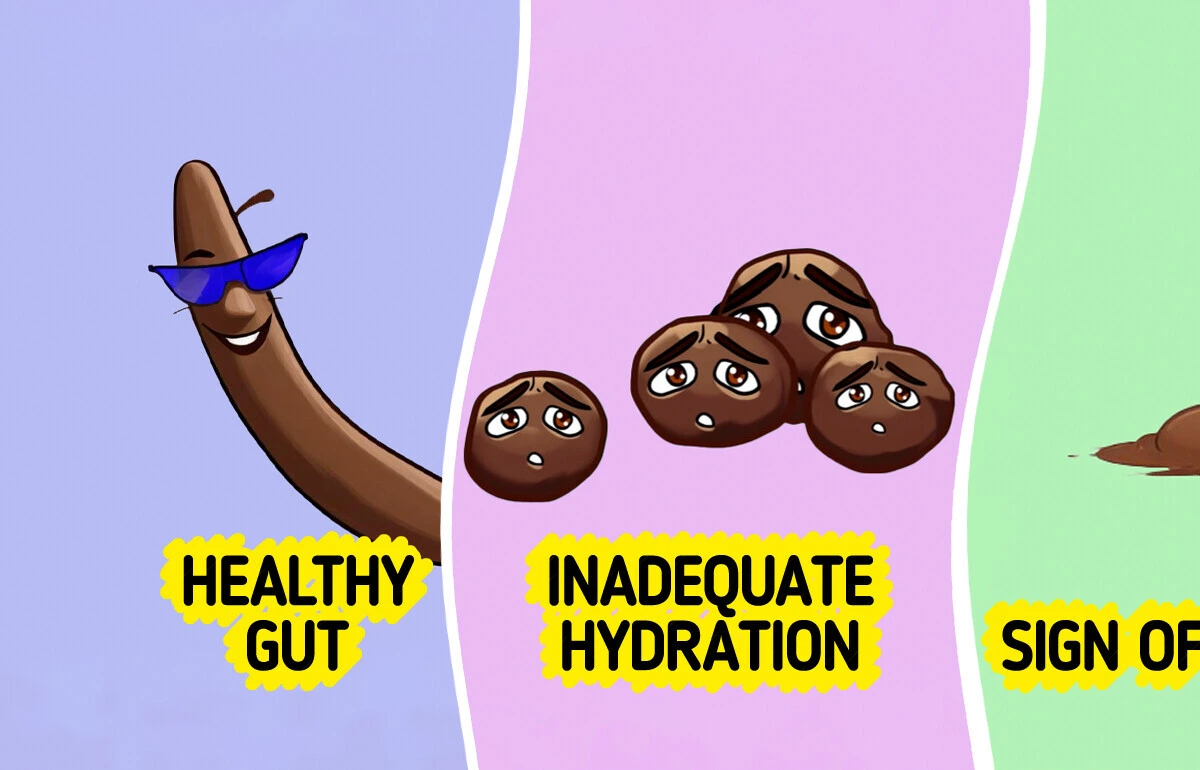
When we think about health, we often focus on skin, energy, or weight. But if you’re ignoring what’s happening in the toilet bowl, you might be missing out on one of the most honest health indicators your body has to offer. The color, shape, and texture of your stool can signal how well your digestive system is working—and whether something more serious might be going on.
Note: This article is for informational purposes only and should not replace professional medical advice. Please consult your doctor for concerns about your health.
Mucus in Stool

Seeing a little clear mucus occasionally can be normal, but noticeable or frequent mucus—especially with blood, pain, or diarrhea—warrants a call to your doctor. Causes include infections, irritable bowel syndrome (IBS), ulcerative colitis, or proctitis.
White stool

White or clay-colored stool isn’t normal and should be taken seriously. This pale hue usually means your body isn’t producing or distributing bile properly, which is critical for digestion.
Possible causes:
Liver issues such as hepatitis or cirrhosis
Gallbladder disease or bile duct blockages
Medications like aluminum-based antacids or barium from imaging tests
Action needed: Don’t ignore this—seek medical attention ASAP.
Black stool

Black stool can have innocent or serious explanations. Sure, it could be from a spinach-heavy salad or iron supplements. But if it’s unusually foul-smelling or sticky, it could be a red flag for bleeding higher up in your digestive system.
Warning signs to watch for:
Tar-like texture
Pain, dizziness, or fatigue
Potential causes: Gastritis, ulcers, or even bleeding polyps.
Action needed: A doctor may suggest tests like an endoscopy or colonoscopy.
Greasy, Oily, or Foul-Smelling Stool
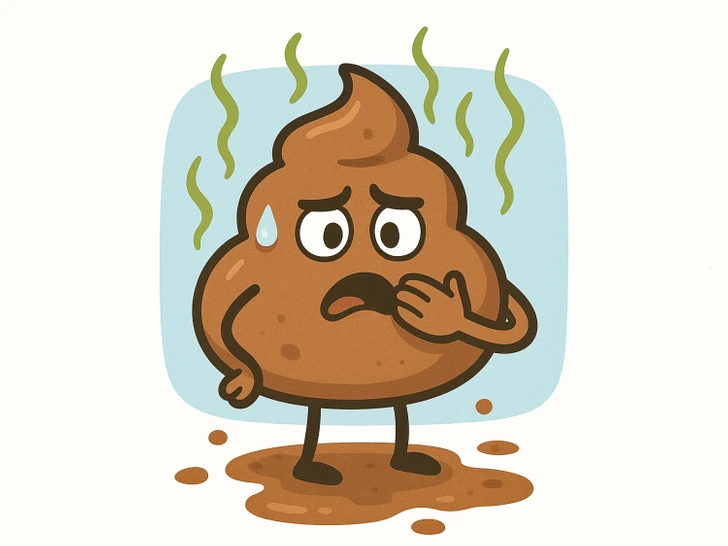
Stools that look pale, greasy, or that stick to the bowl can signal fat malabsorption (e.g., pancreatic problems, celiac disease, bile duct issues, giardiasis).
Green Stool
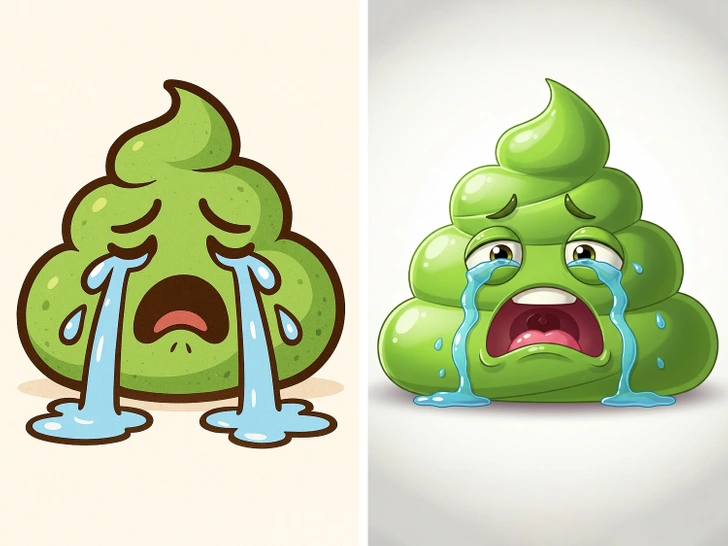
Seeing green in the toilet? Before you panic, think back to dinner. Did it involve a lot of kale or spinach? Even food moving too quickly through your intestines can keep bile from breaking down fully, leaving your poop looking like it came from the Hulk.
Common triggers:
Leafy greens or green food dyes
Antibiotics that disturb gut flora
Stomach bugs or food poisoning
Reddish or Red-Streaked Stool

Red usually makes us think “danger,” but sometimes it’s just a beet salad. That said, bright red streaks or deeper red tones could indicate bleeding in the lower GI tract.
Benign sources:
Beets, red gelatin, or tomato-based sauces
Medications like Pepto-Bismol
More serious possibilities:
Hemorrhoids
Anal fissures
Inflammatory bowel conditions
Emergency signs: If paired with fever, fatigue, or dark clots—call your doctor.
Yellow Stool

Yellow poop can signal that something’s off in how your body is processing fats. The culprits can range from diet to disease.
Possible causes include:
High-fat meals
Gallbladder or pancreatic dysfunction
Celiac disease or parasitic infections like giardiasis
If it’s greasy or foul-smelling, especially over time, it’s time to investigate.
Drop-Shaped Stool
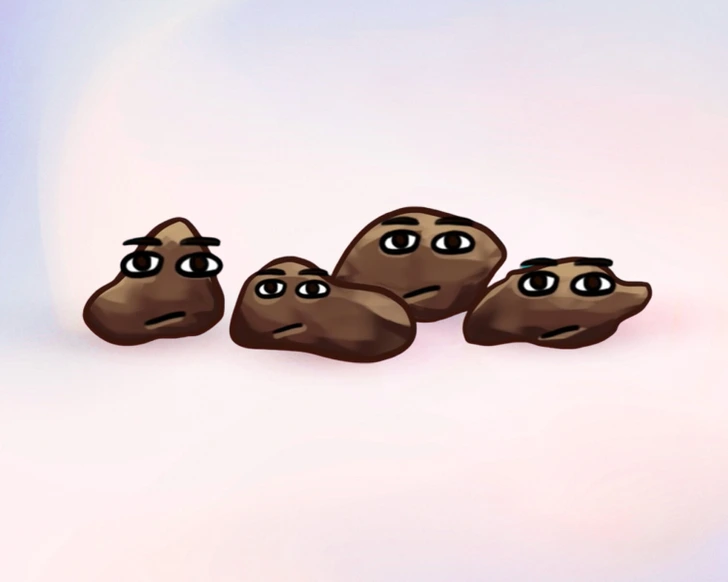
Drop-shaped stool is usually soft and easy to pass—a good sign if you’re going two to three times a day. This kind of stool often comes after larger meals and means your digestion is moving along just fine.
Soft and Smooth Stool

This is what we want! A healthy poop looks like a soft sausage, keeps its shape, and doesn’t feel like a battle to pass. Ideally, you should go every one to three days.
Hard, Pellet-Like Stool
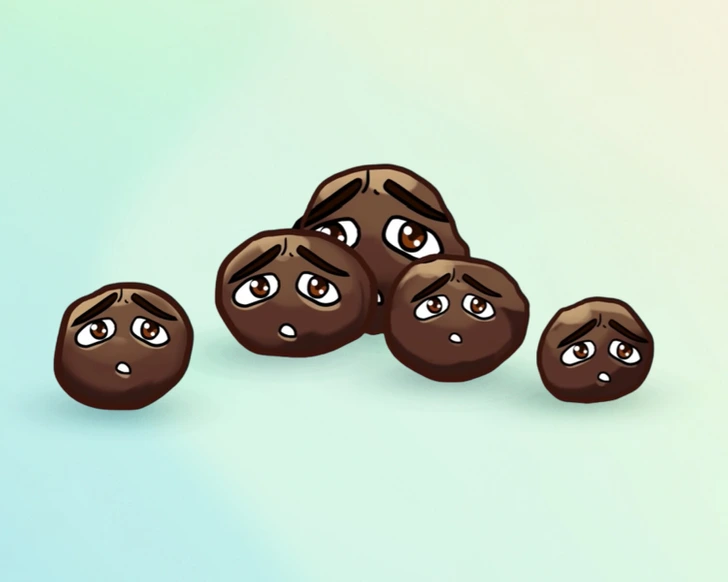
If your poop looks like rabbit droppings, you’re probably constipated. These little pebbles usually mean your stool has spent too long in your colon.
Common causes:
Too little fiber
Not enough water
Lack of movement
Liquid Stool

This is the kind of poop that sends you running. Liquid stools mean your small intestine is irritated and pushing food out too quickly.
Could be:
A stomach bug
Food intolerance
Something more serious if it lasts
“Pencil-Thin” or Ribbon-Like Stool
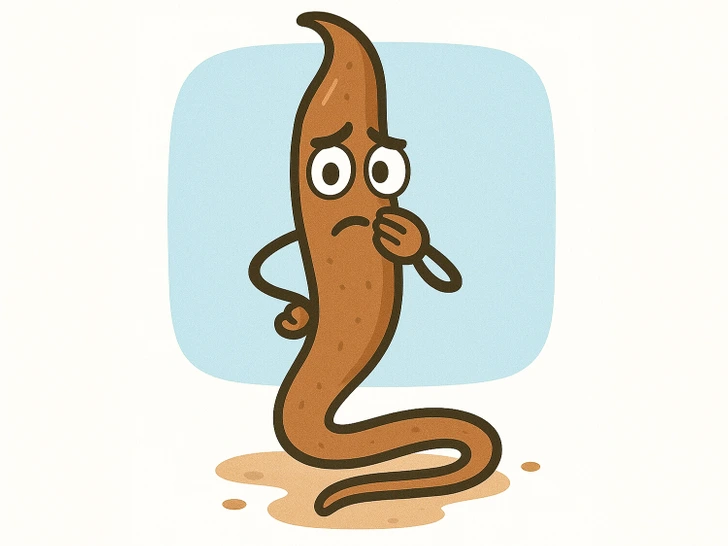
Occasional narrow stools are usually harmless, but persistent “pencil-thin” stools can mean your colon is narrowed or obstructed (rarely, colon cancer). Get checked if this new change lasts more than a few days or comes with bleeding, pain, or weight loss.
Cracked stool
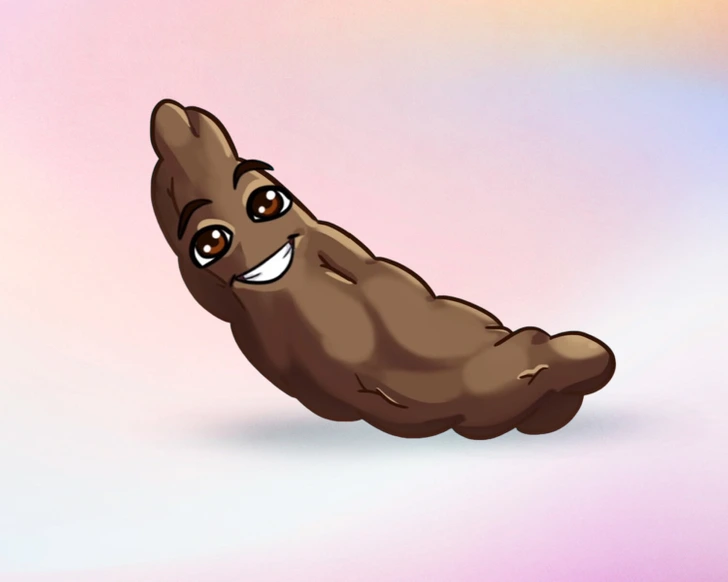
When your stool looks sausage-shaped with cracks on the surface, it’s a mild form of constipation. It may mean your diet needs more fiber or you’re sitting too long.
Floating Stool

If your poop won’t sink, don’t panic. Occasionally, this just means it contains more gas—maybe from fizzy drinks or beans. But if it happens often, fat malabsorption could be to blame. In that case, a checkup is wise.
Quickly Sinking Stool

Stool that immediately sinks to the bottom of the toilet bowl may indicate insufficient fluid and fiber in your diet. These stools often appear darker because they spend more time in the intestinal tract.
Health tip: The FDA recommends approximately 28 grams of daily fiber for optimal digestive health. Achieve this by consuming whole grains, fruits, vegetables, legumes, and unsalted nuts and seeds.
What “Normal” Really Means Varies More Than You Think
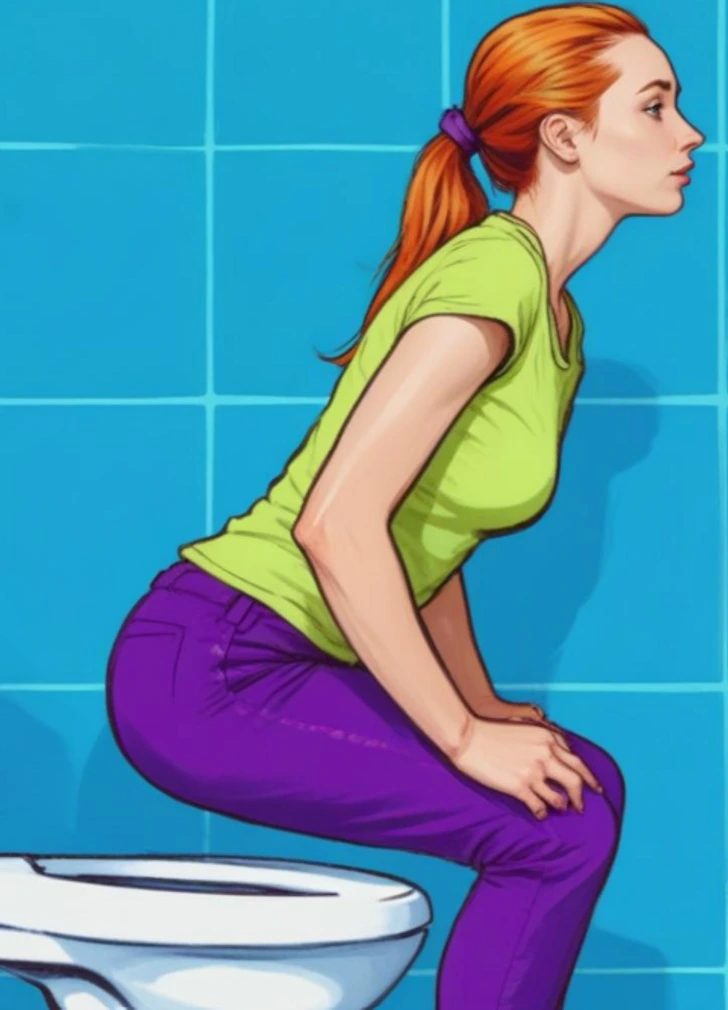
Everyone’s digestive system has its own rhythm. Some people go every day, others just a few times a week. What’s normal for one person might not be for another. But consistency is key—sudden changes, especially if they last more than a few days, deserve attention. So rather than comparing yourself to charts or friends, get to know your normal and stay alert to shifts.
Don’t Just Glance—Take a Moment (Seriously)
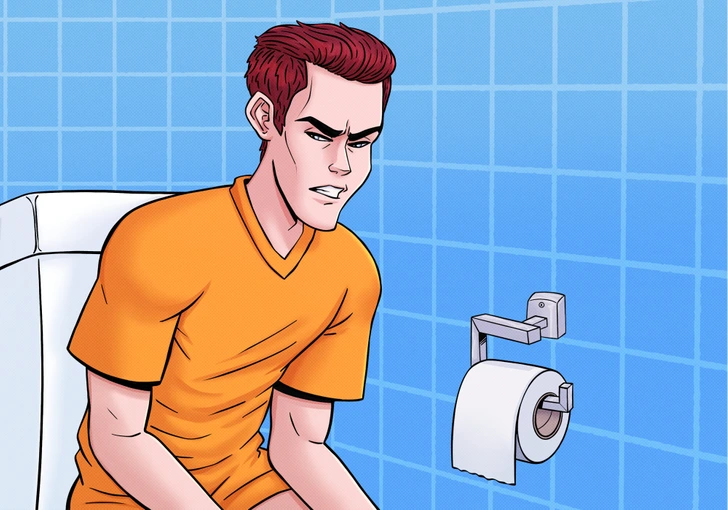
Let’s be honest, most of us flush and forget. But checking in doesn’t take more than a second, and it can reveal early warning signs of infections, nutrient deficiencies, or even cancer. You don’t need to obsess—just be a little poop-curious. Your future self might thank you for it.
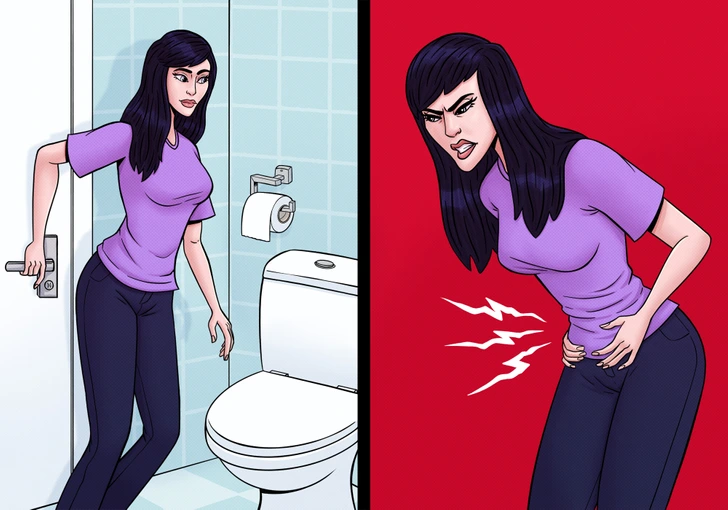
If you found the insights into stool characteristics fascinating, don’t miss our next article—an exploration of rare physical traits found in only a small fraction of the population.